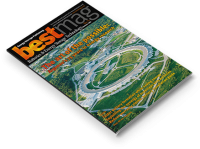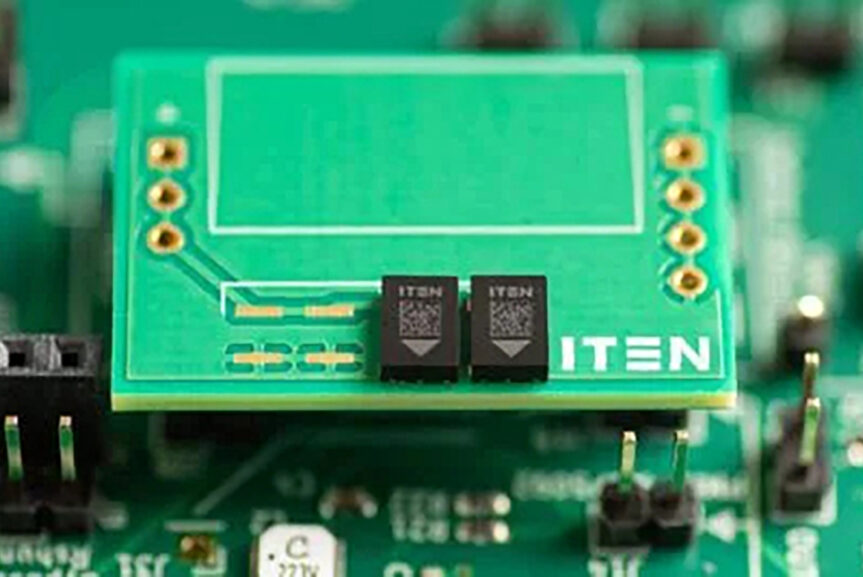RecyBat24 is a dataset aimed for identification and separation of batteries from other waste. The system was developed by the researchers Ximena Carolina Acaro Chacón, Fabrizio Lo Scudo, Gregorio Cappuccino and Carmine Dodaro at the University of Calabria, Arcavacata, Italy.
Lithium-ion batteries are the fastest increasing proportion of waste. The global production of Li-ion batteries is anticipated to exceed 1.3TWh in 2030 – the average lifespan of batteries varies from five to eight years, though EV and BESS batteries have a longer expected lifecycle. The retrieval of batteries from electronic waste is very important, both for the sake of material recycling and elimination of poisonous materials.
RecyBat24 is a publicly accessible image dataset for the detection and classification of three battery types: Pouch, Prismatic, and Cylindrical. The system is designed to support both academic research and industrial applications, closely replicating real-world scenarios during the acquisition process and employing data augmentation techniques to simulate various external conditions.
Today human-assisted identification of battery types is typically used in the first stage of the recycling process, which is economically impractical as the recycling industry grows. An automated and cost-effective system capable of sorting battery types should be based on readily accessible field data, for example AI tools and machine learning, particularly deep learning (DL) techniques.
RecyBat24 can identify and categorize batteries into a taxonomy, designed to facilitate the selection of discarded batteries. The main priority is rechargeable LIBs, as they contain important materials such as lithium, cobalt, and nickel, which can be recycled through pyrometallurgical, hydrometallurgical, and direct recycling techniques.
The images are captured via standard full HD 1080p camera. The battery type and location for each image are pre-specified and the detection process is performed in a single stage, called YOLOX.
Image: Ximena Carolina Acaro Chacón. Credit: University of Calabria












